From Matsumoto Pass to Kumano Kodo, the world's only two "road heritage sites"
掲載日:2020.12.14
If you visit Kumano Kodo, you may find out whether humans are "trained" or "healed" by the power of nature. In Japan, there is an old saying, ``Seven times to Ise, three times to Kumano.'' Matsumoto Pass, located on the Kumano Kodo Iseji Route from IseJingu to Kumano, is a course that even beginners can enjoy. Let's head to the sacred place where the gods and Buddhas that the Japanese believe live together...Finally, we will take a break at the mansion of a former forestry family in KumanoCity. Let's make your long-awaited dream of visiting Kumano Kodo come true.
This article introduces the charms of Mie Prefecture for foreigners who use traditional Chinese, so your perspective may be a little different, but please enjoy it as well.
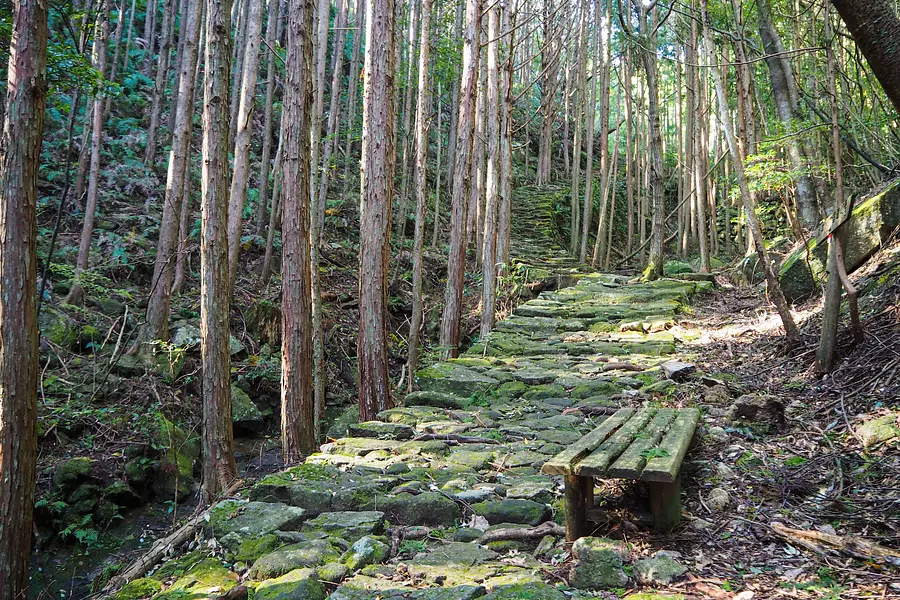
Many people may be thinking, "I want to visit Kumano Kodo," but are confused about which course to start with since Kumano Kodo spans four prefectures.
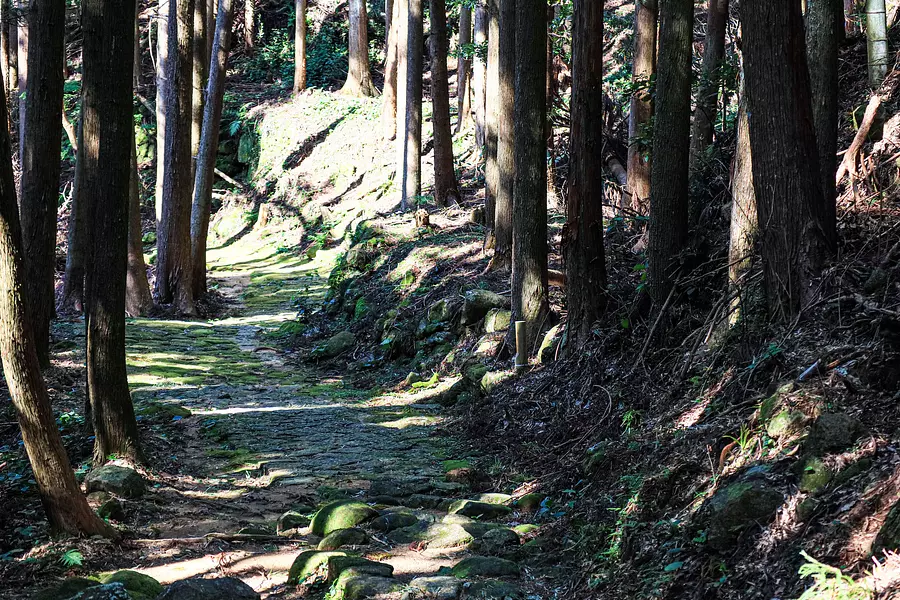
The Kumano Kodo, a World Cultural Heritage site, is the collective name for the pilgrimage routes that connect the three sacred sites of Kumano Sanzan, Mt. Koya, and Yoshino and Omine in the southern part of the Kii Peninsula. It straddles Nara and Osaka prefectures.
In Japan, there is an old saying, ``Seven times in Ise, three times in Kumano.'' IseJingu is known as the ``spiritual home of the Japanese people,'' and Kumano has been popular with aristocrats since the Heian period 1,000 years ago. Pilgrimage became popular among the common people in the 15th century, and it is a sacred place that everyone from aristocrats to commoners wanted to visit, so much so that it was nicknamed the ``Ants' Pilgrimage to Kumano.''
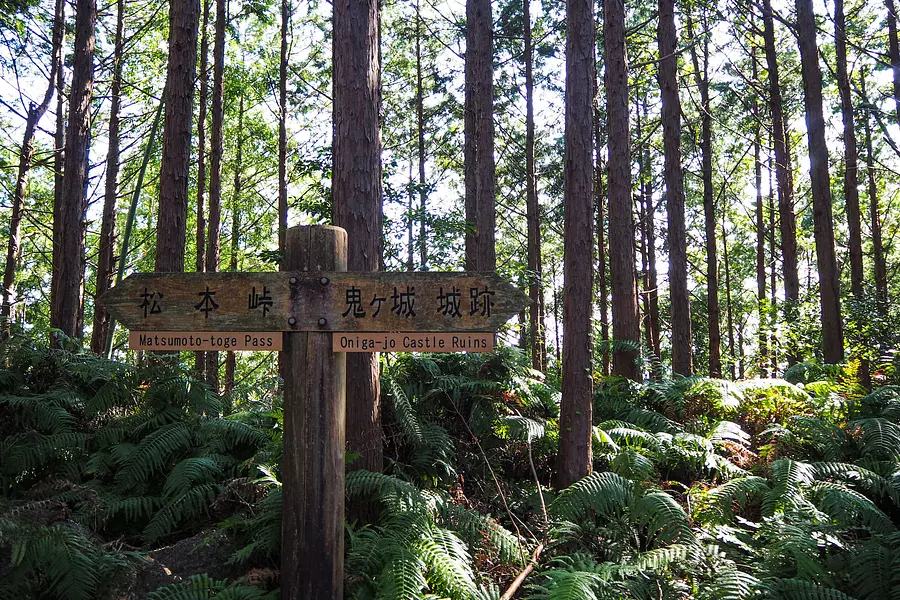
This time I would like to introduce ``Matsumoto Pass'' on the ``Kumano Kodo Iseji Route'' (approximately 170 km) from IseJingu to Kumano.
There are four reasons why we chose Matsumoto Pass this time.
① The distance is approximately 4.3 km and the maximum altitude is 135 m, making it enjoyable even for beginners.
②The moss-covered stone pavement that has been around for hundreds of years is surrounded by deep greenery, making it an ancient road rich in nature.
③You can see Shichirimihama Beach, which is registered as a World Heritage Site, through the mountains and near the bamboo forest.
④If you go down from the west entrance of Matsumoto Pass, you can take a break at a rest area that is a mansion of a forestry family.
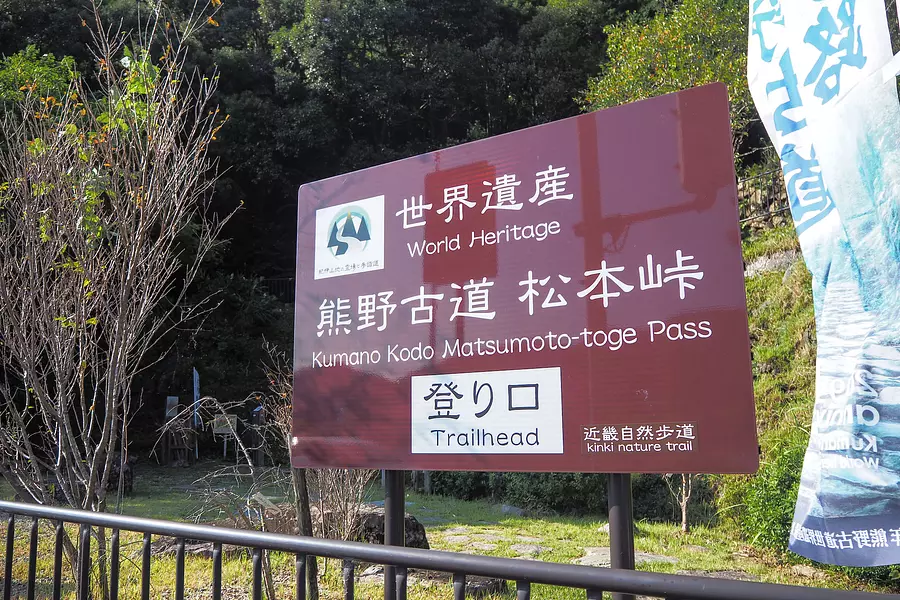
Matsumoto Pass has an entrance on the east side and an entrance on the west side. The eastern entrance is located along National Route 42, about a 10-minute walk from JR Odomari Station. The west entrance is located about a 15-minute walk from JR KumanoCity Station.
This time, we will start climbing from the eastern entrance. Well then, off we go!
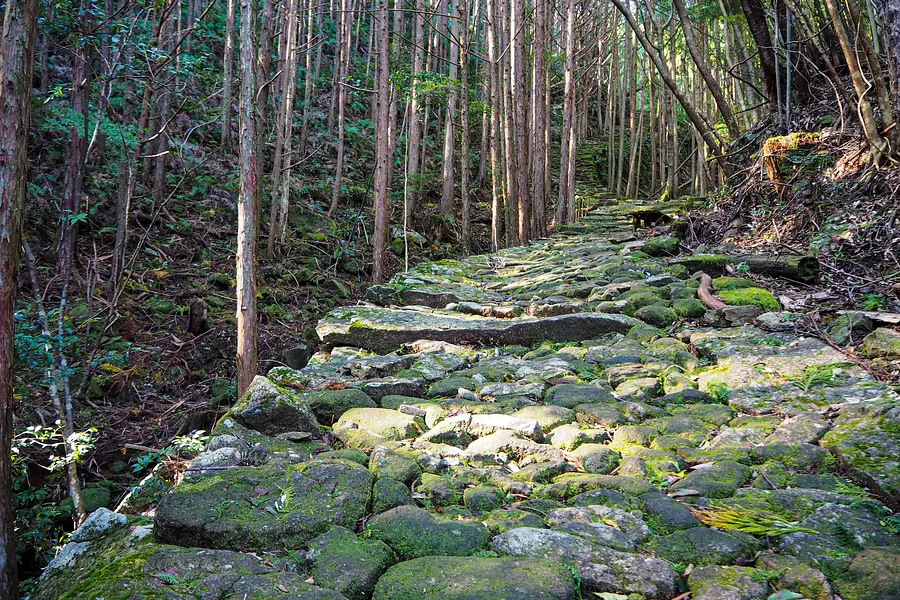
As you begin your ascent, a cobblestone path built during the Edo period (1603-1867) leads into a forest of cedar trees.
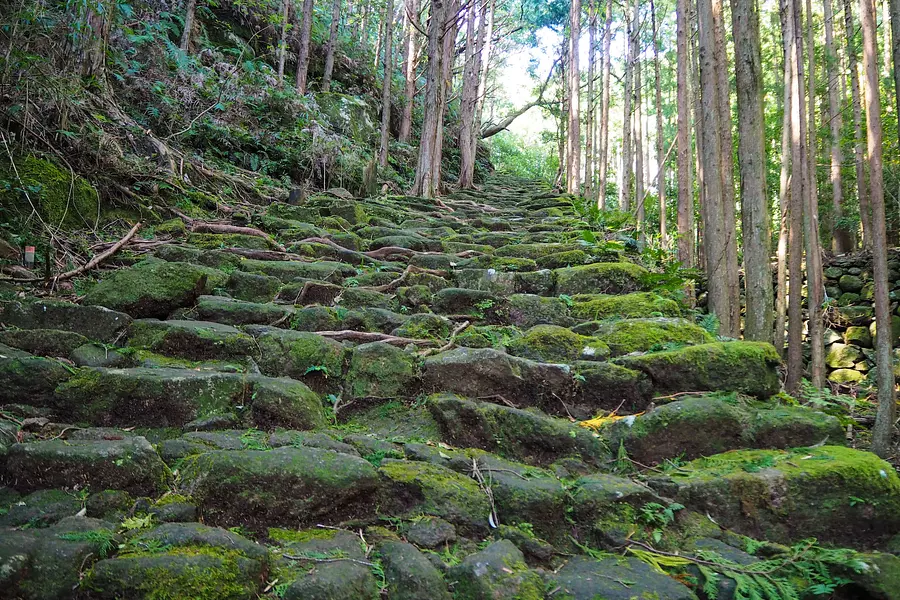
For Japanese people since ancient times, it has been believed that this land deep in the mountains is a world where gods and Buddhas live together, and that by crossing steep mountain passes, one can attain enlightenment at the end of penance.
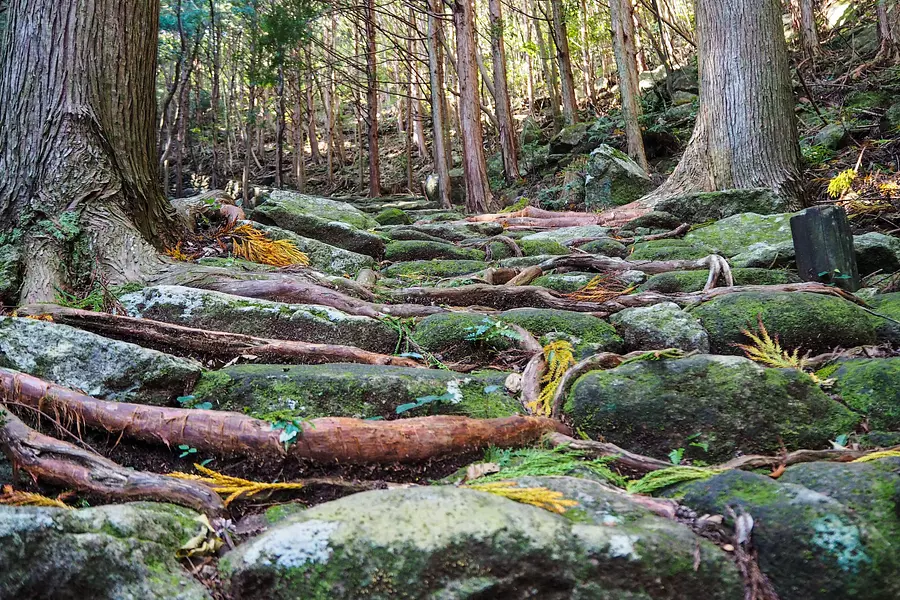
The cobblestone streets and the wide roots of the cedar trees create a beautiful, fantastical world that looks like a braid.
At this moment, I remembered the line in Hayao Miyazaki's film Laputa: Castle in the Sky, where the main characters said while holding on to the roots of the giant tree that covered Laputa: "The trees protect us." I did.
The reason Kumano Kodo Iseji has so many stone-paved roads is because it rains a lot. To prevent the roads from being washed away by rain, our ancestors paved the roads with stones from the mountains, creating many cobblestone roads. In addition, it is protected by the roots of cedar trees, so even after hundreds of years of standing, the cobblestone streets are still strong and solid.
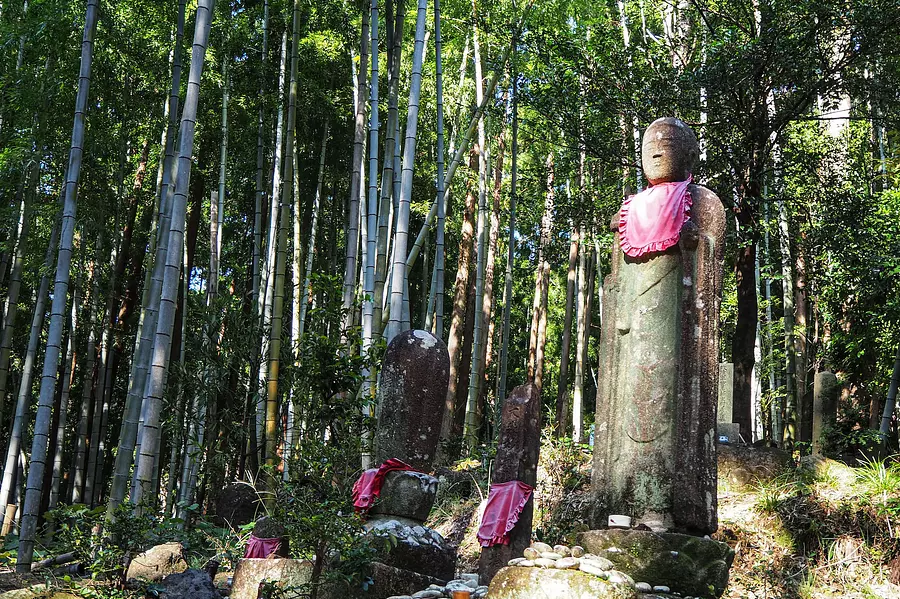
After climbing the cobblestone road for a while, you will see large, life-sized Jizo statues lined up in the bamboo forest.
The reason there is a scar at the feet of the Jizo statue is because it was shot on the day it was built, mistaking it for a monster.
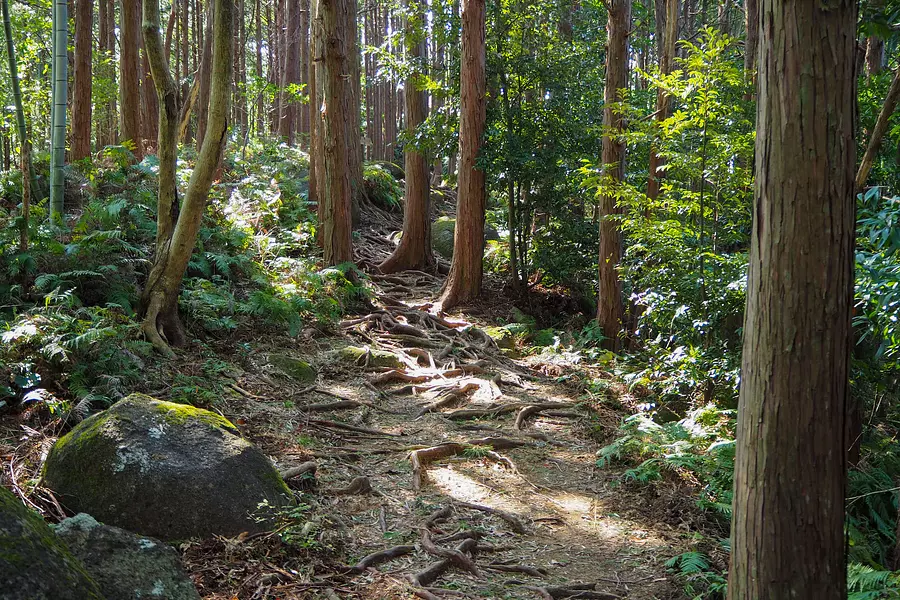
When you pass in front of the Jizo statue, there is a narrow branch road leading to the ``Azumiya''. It takes about 3 minutes to arrive at the gazebo, so it's a good idea to stop by.
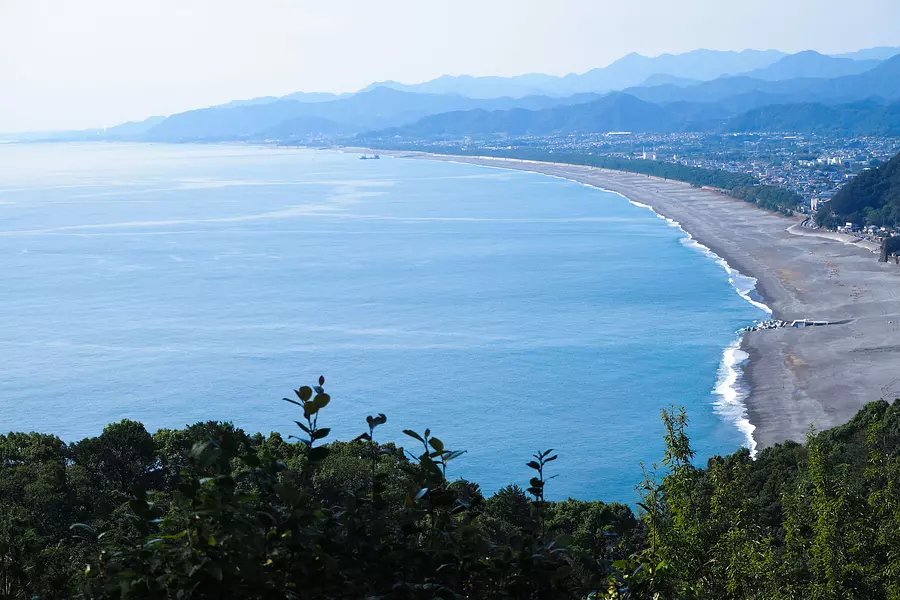
From the ``Azumaya'' you can see the vast Shichirimihama Beach, which stretches for approximately 22 kilometers, and Kumano Bay.
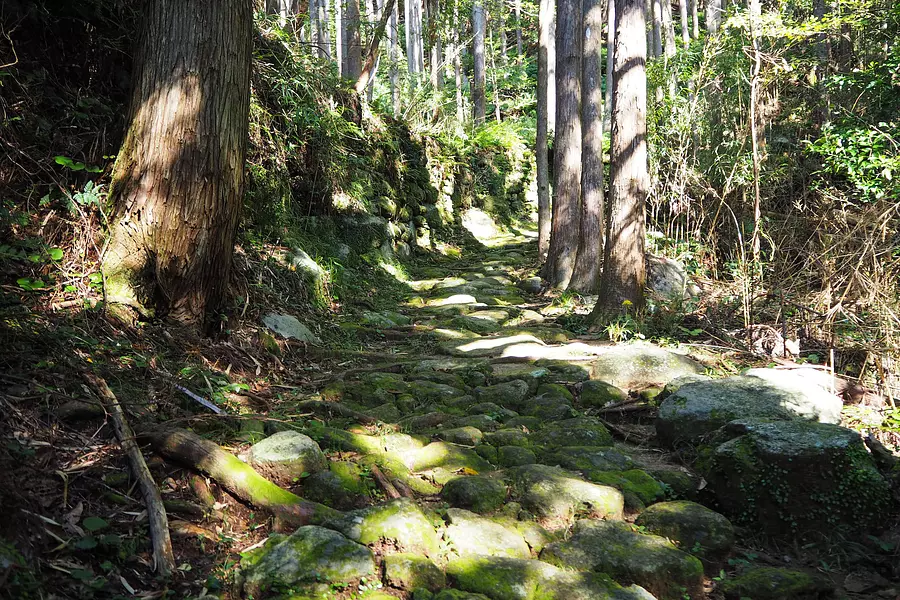
Return to the Jizo and walk west this time to reach the western entrance to Matsumoto Pass and the road to KumanoCity Station. This cobblestone road was built by fishermen during the Meiji era.
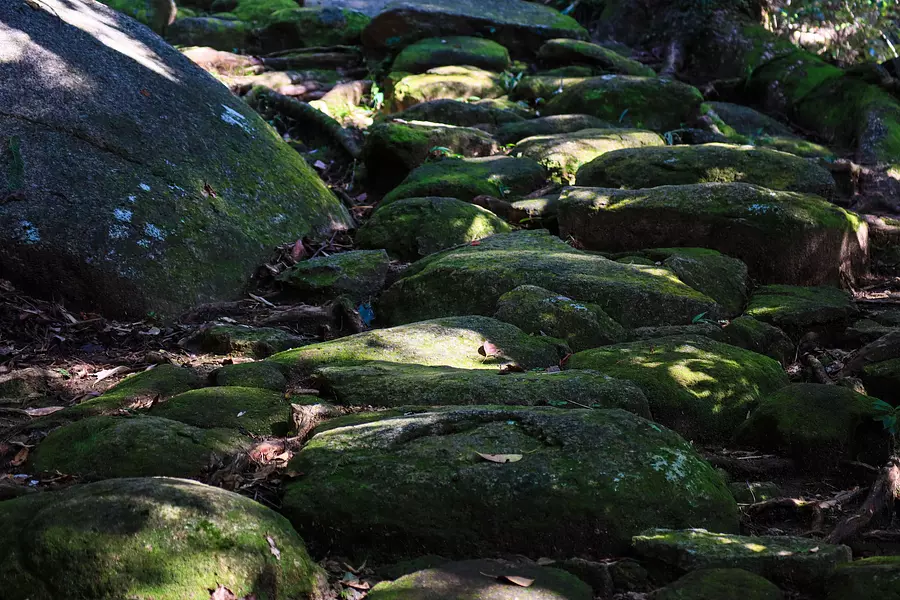
As I walked step by step along the cobblestone road of Matsumoto Pass and saw the end of the course in sight, I felt like I began to understand the feelings of those who had completed the entire course.
This is probably because they were trained and healed by the mystical power of the Kumano Kodo, where gods and Buddha coexist.
Matsumoto Pass/ Hana-no-Iwaya (Kumano Kodo Iseji Route)
0597-89-6172
・Several cars near the entrance on the Odomari side
[To JR Odomari Station, the starting point]
・About 3 hours by train from JR/Kintetsu Tsu Station
・About 10 minutes by train from KumanoCity Station on the JR Kisei Main Line
- Immediately by car south from Owase-Kumano Road "Kumano Odomari IC"
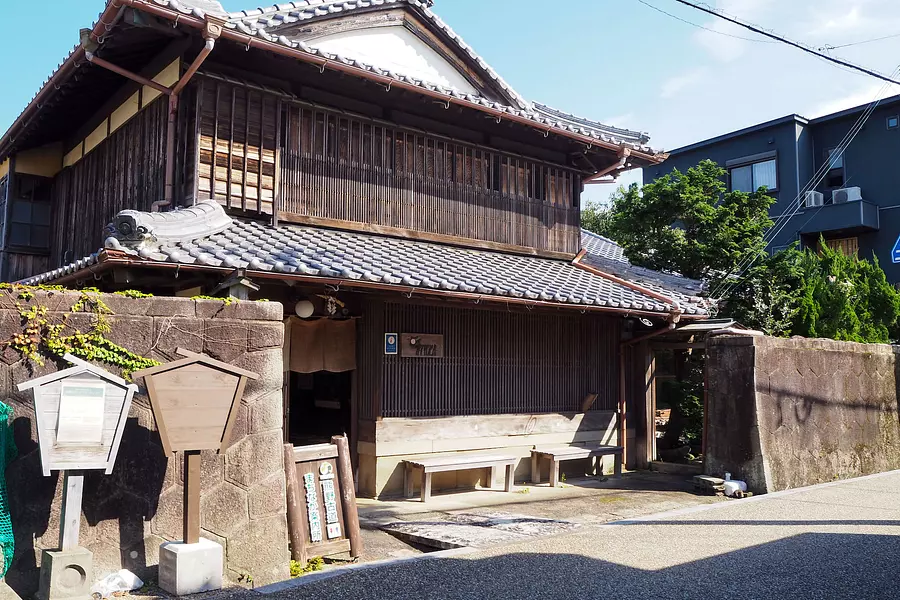
After going down the mountain, you will enter KumanoCity. On the way to KumanoCity Station, there is the Kinan Tour Design Center, which is a great place to take a break.
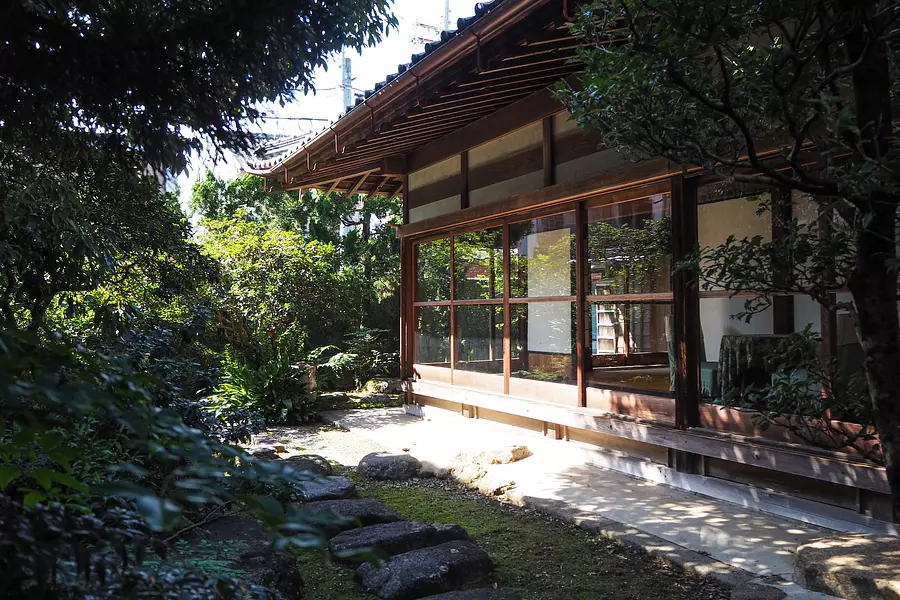
"Kinan Tour Design Center" is a purely Japanese-style building built about 130 years ago. It used to be the mansion of local forestry man Kichisaburo Okugawa, but it was donated to KumanoCity to contribute to the development of the region.
From the garden to the building, this splendid building has been preserved exactly as it was back in the day, and the pillars and beams and transoms are made with a lot of luxurious wood, making it the home of a forestry family. In addition, daily life tools from the Edo period are also on display.
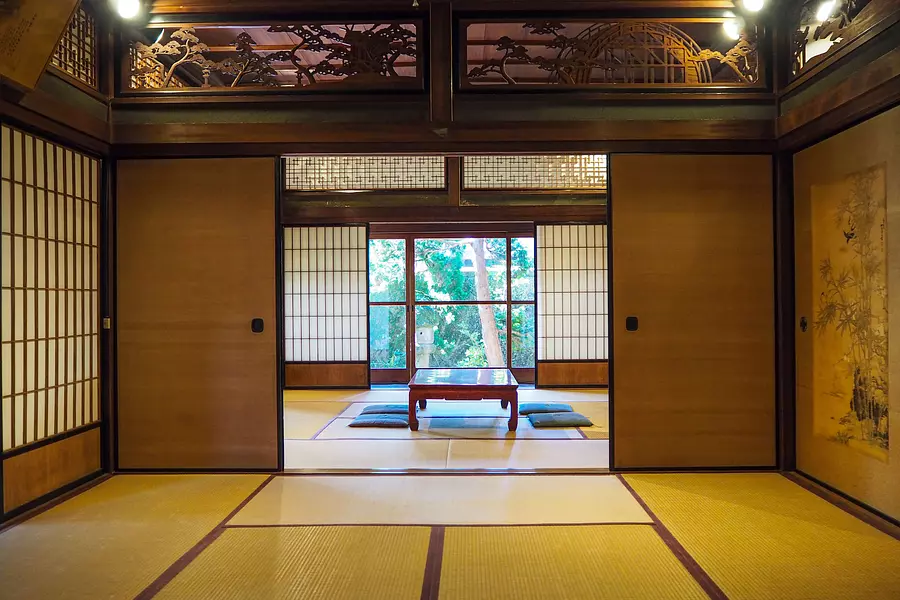
Currently, it is used as a travel base for planning events and tours, and as a free resting area for tourists.
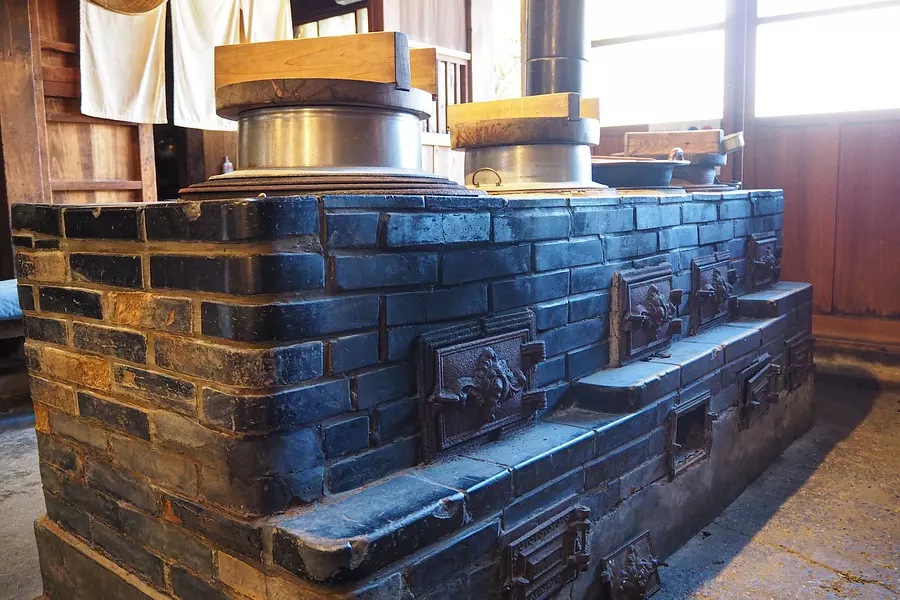
When we entered the building, the kind staff welcomed us by pouring Kumano bancha into the hot water that was boiling in the stove. Please come and visit this luxurious rest area.
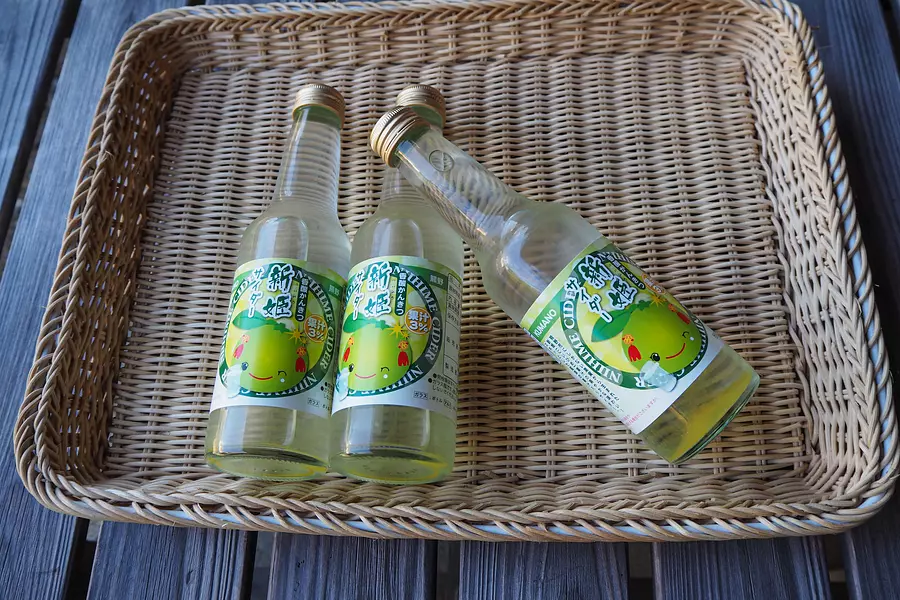
Niihime cider, made from a citrus fruit called Niihime that can only be found in KumanoCity, is the perfect way to relieve the fatigue from climbing Matsumoto Pass!
The refreshing sweetness and refreshing scent of citrus will soothe you.
The Kinan Tour Design Center also displays and sells KumanoCity 's crafts, special products, and souvenirs. It's also nice to be able to experience Kumano's unique specialties while taking a break.
Kinan Tour Design Center
0597-85-2001
9:00~17:00
Weekdays (open only on Saturdays, Sundays, and holidays)
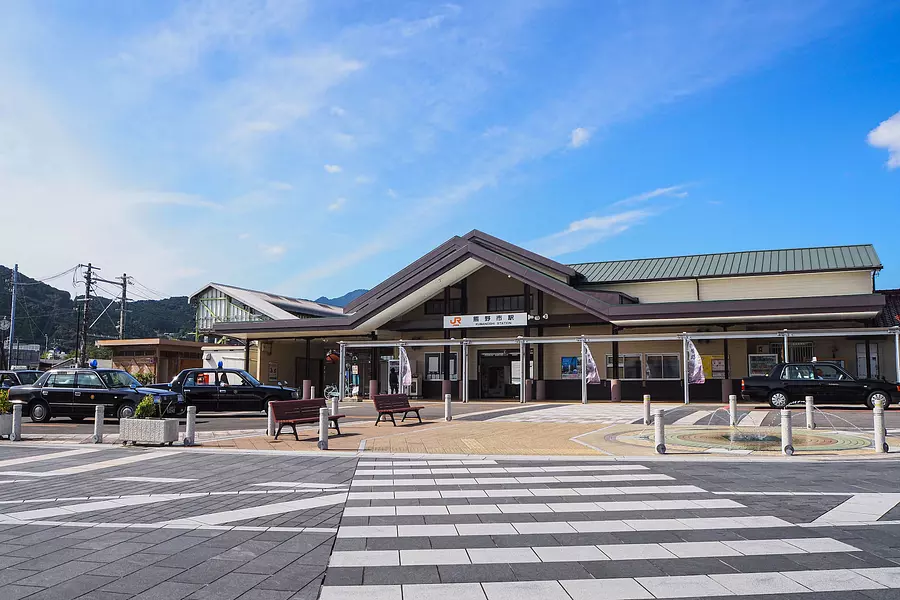
The Kumano Pilgrimage Route was registered as a UNESCO World Heritage Site in 2004.
There are only two World Heritage Sites in the world: Japan's Kumano Kodo, a sacred site and pilgrimage route in the Kii Mountains, and the Santiago de Compostela Pilgrimage Route between France and Spain.
Matsumoto Pass is the perfect introduction to Kumano Kodo, and it will be a good reference for those who want to explore Kumano Kodo, and I hope that by actually walking Kumano Kodo, feeling its sacred charm, and making your dreams of visiting Kumano Kodo come true.
★Access: JR Kisei Main Line "Odomari Station" (east side entrance), "KumanoCity Station" (west side entrance).
| Category | |
|---|---|
| season | |
| area |



